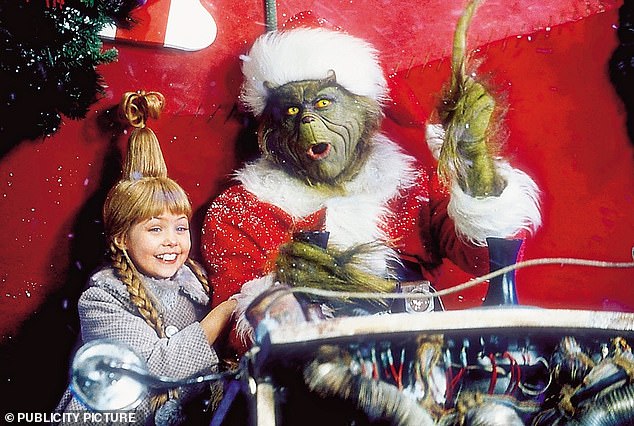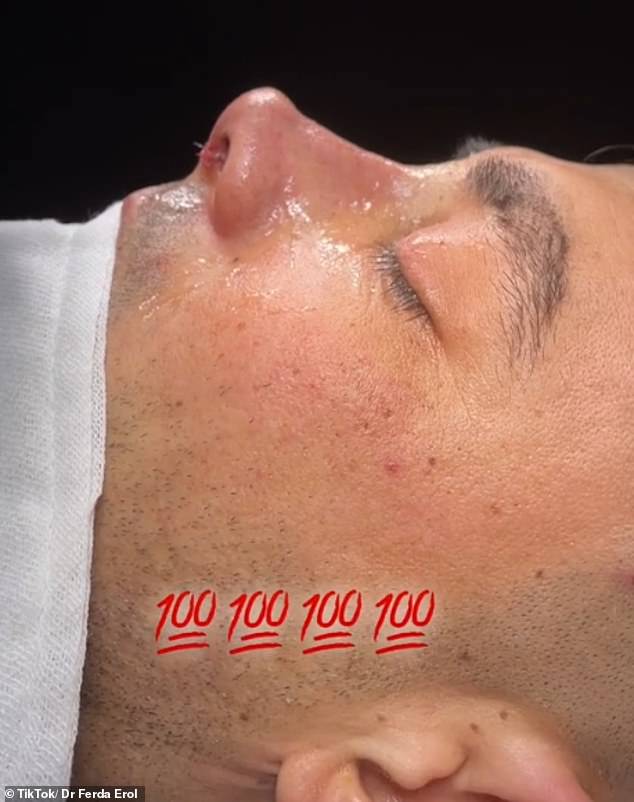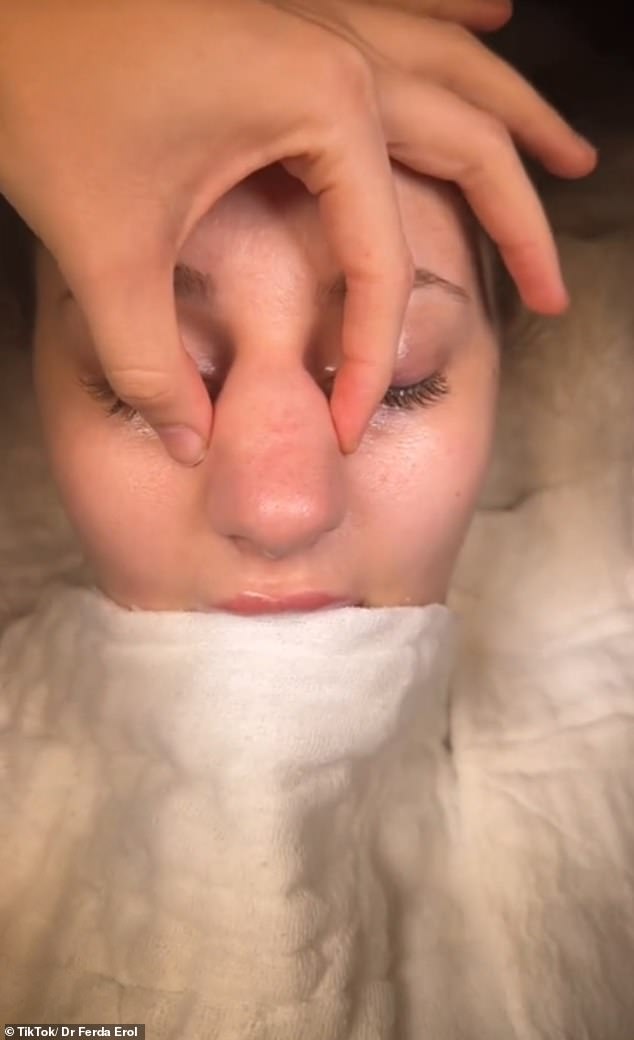People are asking Turkish cosmetic surgeons to give them ‘Whoville nose jobs’ – one top doctor is very concerned
A Turkish plastic surgeon gives patients extreme nose jobs that make them look like a character from Dr. Whoville. Seuss.
Before and after videos on social media show patients’ noses dramatically reduced in size and finished with an upward-pointing tip.
The surgeon behind this trend is Dr. Ferda Erol, based in Izmir, Turkey.
On TikTok her rhinoplasty videos have been viewed millions of times, with commentators expressing astonishment and shock at the results and asking if it was ‘a joke’.
Although Dr. Erol seems happy with the results, Doctor Anthony Youna US-based plastic surgeon worries.
When he shared his reaction to Dr. Erol’s surgeries with his 5.29 million subscribers on YouTube, he admitted that he “didn’t understand it.”
Responding to a nose job posted on Dr.’s Instagram page Erol was placed @opdrferdaeroDr. Youn says the woman is already “beautiful” and although she has a “little back hump” – a small lump on the bridge of the nose – she only needed minor adjustments.
“I think overall her nose looks great and if she came to me for a nose job I would probably shave off a little bit of that bump and that’s probably it,” he said.
But in the clip of her nose, the patient’s nose after surgery is turned upward much more than what is considered the “ideal” nasal angle for a woman.
Plastic surgeon Dr Anthony Youn (pictured) shared his reaction to Dr Erol’s surgeries with his 5.29 million subscribers on YouTube and admitted he ‘didn’t understand it’

Dr. Anthony joked that the bizarre nose jobs make patients look like a character straight out of Dr. Seuss’ ‘Whoville’ comes.
Dr. Youn explains that the angle between the nose and the upper lip is called the “nasolabial angle.” In women, a perfectly shaped nose is considered to be between 95 and 105 degrees.
But in this patient the angle after surgery is much larger: 123 degrees.
When reviewing another video on Dr. Erol’s TikTok of a man undergoing a dramatic nose job, Dr. Youn again said that his nose angle is well above the ideal beauty standard.
He said: ‘The ideal nose angle for men is about 90 degrees and this man is about 120 degrees right after surgery’
The surgeon admitted that surgeons often have a “signature rhinoplasty,” meaning many of their results “look the same.”
He added that if Dr. Erol’s patients are satisfied with the rhinoplasties, that is the most important thing.
Dr. However, Youn questioned the authenticity of some of her videos.
One video shows a bulbous nose in the pre-surgery clip, but Dr Youn suggests this is ‘misleading’ and suspects the nose is ‘drenched in a lot of anaesthetic’.

When reviewing another video on TikTok from Dr. Erol in which a man undergoes a dramatic rhinoplasty, said Dr. Youn again that his nose angle is well above the ideal beauty standard at 120 degrees.

One video shows a bulbous nose in the pre-surgery clip, but Dr Youn suggests this is ‘misleading’ and suspects the nose is ‘drenched in a lot of anaesthetic’
He explains that anesthetic injections can “plump” the nose before surgery.
Dr. Youn added, “If you put a lot of pressure on it at the beginning of the operation, you can push out most of the fluid.”
“So this patient doesn’t seem at first to have a very wide nose, although she has given the impression that she does.”
Although Dr. Youn admitted that he has now stopped performing rhinoplasties, he said when he did, he opted to make minor adjustments.
He stressed that it is vital to research your surgeon before undergoing plastic surgery, and urged people to look at before and after photos and videos to ensure the results match what you are looking for.
